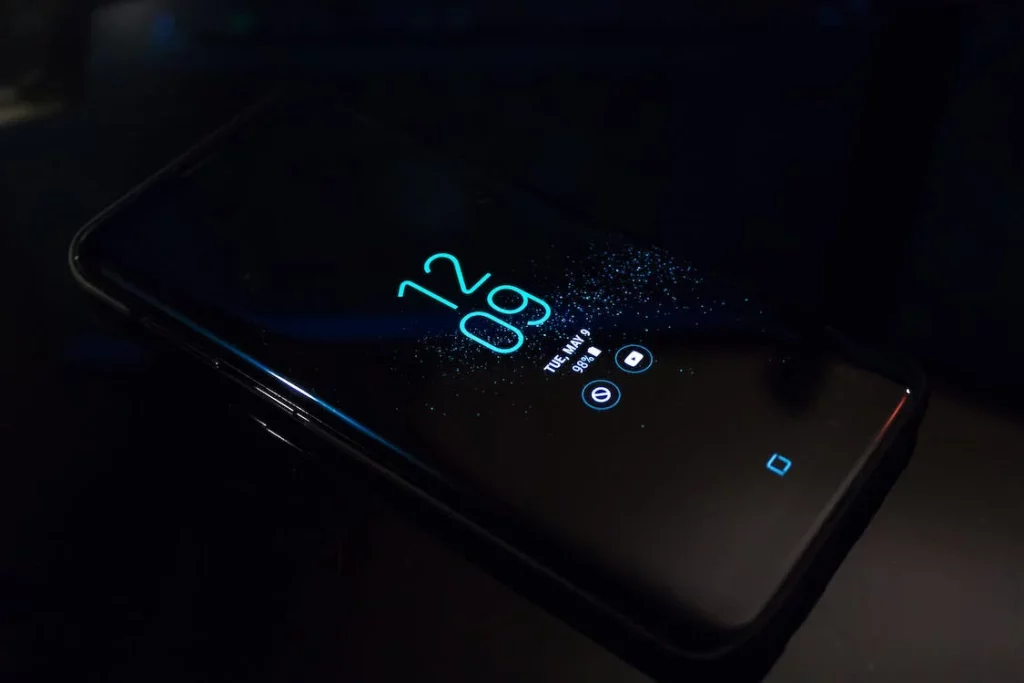How To FIX Android Battery Health: Tips and Solutions



How To FIX Android Battery Health: Comprehensive Solutions
Your Android device’s battery health plays a pivotal role in your overall user experience. A healthy battery ensures that your device stays powered throughout the day, and it extends the lifespan of your phone. However, over time, Android batteries can deteriorate, leading to issues such as reduced battery life and sudden shutdowns. In this in-depth guide, we will explore a wide array of strategies and solutions to tackle Android battery health issues, helping you optimize and rejuvenate your device’s battery performance.
Understanding the Importance of Android Battery Health
Before we dive into the solutions, let’s grasp the significance of Android battery health. Battery health refers to the condition and capacity of your device’s battery. As your phone ages, its battery goes through wear and tear, resulting in a gradual reduction in capacity. Several factors contribute to this degradation:
Charge Cycles: Every time you charge and discharge your battery, it undergoes a cycle. As your device ages, it can handle fewer cycles before experiencing noticeable capacity loss.
Heat and Temperature: Exposure to high temperatures, such as leaving your phone in direct sunlight or a hot car, can accelerate battery degradation.
Charging Habits: Frequently charging your device to 100% and letting it drain to 0% can strain the battery and lead to capacity loss over time.
Background Apps: Apps running in the background can consume power even when you’re not actively using your device.
Now, let’s explore a wide range of tips and solutions to improve and fix your Android battery health:
Tips to Improve Android Battery Health
1. Adjust Screen Brightness
Lowering your screen brightness is one of the most effective ways to reduce power consumption. Consider using adaptive brightness settings or manually adjusting the brightness level to a more energy-efficient setting.
2. Optimize Battery Usage
Android provides built-in tools to identify power-hungry apps. Navigate to Settings > Battery > Battery Usage to identify apps that consume the most power. You can limit their background activity or seek more energy-efficient alternatives.
3. Enable Battery Saver Mode
When your battery is running low, activate Battery Saver mode in your device’s settings. This mode conserves power by reducing background activities and syncing.
4. Keep Your Apps and OS Updated
Regularly updating your Android device and apps ensures you have the latest optimizations and bug fixes, which can significantly improve battery efficiency.
5. Manage Location Services
Apps that constantly access your device’s GPS can be significant battery drainers. Review and restrict location access for apps in your device’s settings.
6. Embrace Dark Mode
Dark mode not only offers a sleek aesthetic but also conserves battery life on devices with OLED or AMOLED screens, as it consumes less power to display darker colors.
7. Avoid Extreme Temperatures
High and low temperatures can be detrimental to your battery’s health. Avoid exposing your device to extreme heat or cold.
8. Uninstall Unnecessary Apps
Unused apps can still run background processes and drain your battery. Regularly review and uninstall apps you no longer need.
9. Limit Push Notifications
Reducing the frequency of push notifications can reduce the number of times your device wakes up, saving battery life.
10. Use Adaptive Battery
Android’s Adaptive Battery feature learns your app usage patterns and restricts power-hungry apps from running in the background.
Advanced Solutions to Fix Android Battery Health
If you’ve tried the above tips and are still experiencing battery issues, consider these more advanced solutions:
1. Battery Replacement
For older devices with severely degraded batteries, replacing the battery can provide a significant boost to battery health. Consult your device’s manufacturer or a reputable repair service for this option.
2. Factory Reset
Performing a factory reset can eliminate any software-related issues that may be affecting your battery life. Be sure to back up your data before proceeding.
3. Check for Rogue Apps
Occasionally, a misbehaving app may cause excessive battery drain. Use battery monitoring apps to identify and uninstall these problematic apps.
4. Monitor Battery Health
Certain apps and features can provide insights into your battery’s health and charging habits. Consider using dedicated battery monitoring apps or features offered by your device.
Maintaining Healthy Android Battery Habits
In addition to the above solutions, cultivating good charging and usage habits can contribute to prolonged battery health:
1. Charge between 20% and 80%
Avoid letting your battery drop to 0% or charging it to 100% regularly. Aim to keep your battery level between 20% and 80% for optimal longevity.
2. Use Original Chargers
Using the charger provided with your device ensures compatibility and safe charging.
3. Avoid Overnight Charging
Leaving your device plugged in overnight can lead to overcharging, which can degrade battery health over time.
4. Charge at Moderate Temperatures
Charge your device in a temperature-controlled environment to prevent heat-related damage to the battery.
Conclusion
Android battery health is a critical aspect of your device’s performance and longevity. By implementing the comprehensive tips and solutions outlined in this guide, you can effectively address Android battery health issues, ensuring that your device remains reliable and functional for years to come.
For further detailed answers to your tech-related questions and comprehensive themes on Android optimization, continue exploring our website. We are committed to providing you with the information you need to make the most of your technology.








